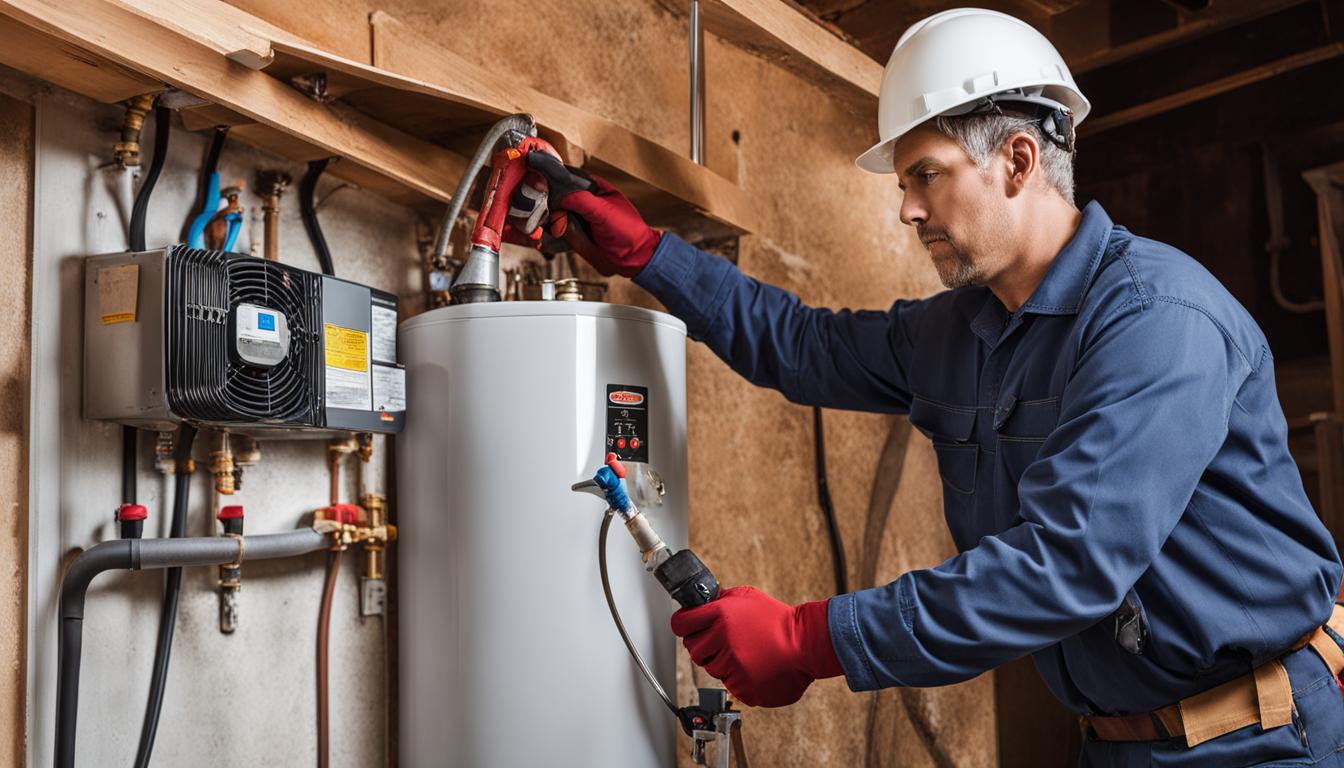We have found this great article on Water Heater Maintenance Tips You Can't Afford to Forget below on the internet and believe it made good sense to discuss it with you on my blog.

Warm water is essential for everyday comfort, whether it's for a revitalizing shower or cleaning dishes. To ensure your warm water system runs efficiently and lasts longer, routine maintenance is vital. This short article supplies practical suggestions and understandings on exactly how to maintain your home's hot water system to prevent interruptions and pricey repairs.
Introduction
Preserving your home's warm water system could seem difficult, yet with a few easy steps, you can guarantee it runs efficiently for years to come. This guide covers whatever from recognizing your warm water system to DIY maintenance suggestions and understanding when to call professional help.
Significance of Maintaining Your Hot Water System
Routine maintenance not only extends the life expectancy of your hot water system however additionally ensures it operates efficiently. Overlooking maintenance can result in reduced effectiveness, greater power expenses, and even early failing of the system.
Indications Your Hot Water System Requirements Maintenance
Understanding when your hot water system needs interest can avoid major problems. Watch out for indications such as inconsistent water temperature, unusual noises from the heater, or rusty water.
Flushing the Hot Water Heater
Purging your water heater eliminates debris build-up, boosting performance and prolonging its life.
Checking and Replacing Anode Rods
Anode rods avoid corrosion inside the storage tank. Checking and changing them when worn is vital.
Facility Concerns Needing Expert Aid
Instances consist of significant leaks, electric troubles, or if your water heater is consistently underperforming.
Routine Professional Maintenance Advantages
Professional maintenance can include thorough evaluations, tune-ups, and guaranteeing compliance with safety and security criteria.
Checking and Adjusting Temperature Setups
Changing the temperature settings guarantees optimum performance and security.
DIY Tips for Maintenance
You can execute numerous maintenance tasks yourself to keep your warm water system in leading problem.
Checking for Leakages
On a regular basis check pipes and links for leaks, as these can bring about water damage and greater expenses.
Understanding Your Hot Water System
Prior to diving right into upkeep tasks, it's handy to comprehend the standard elements of your warm water system. Normally, this includes the water heater itself, pipelines, anode poles, and temperature controls.
Regular Monthly Maintenance Tasks
Routine monthly checks can aid catch small issues prior to they escalate.
Checking Pressure Alleviation Valves
Testing the pressure safety valve ensures it functions correctly and stops extreme pressure accumulation.
Insulating Pipes
Shielding hot water pipelines reduces warm loss and can conserve power.
When to Call an Expert
While do it yourself maintenance is useful, some concerns need specialist experience.
Final thought
Normal maintenance of your home's warm water system is essential for effectiveness, long life, and cost savings. By complying with these pointers and knowing when to look for specialist aid, you can guarantee a trusted supply of hot water without unexpected interruptions.
Water Heater Maintenance Tips
Test the TPR Valve
Shut off the power and the cold-water supply valve. Place a bucket under the pipe connected to the temperature-pressure-release (TPR) valve on the top or side of the tank. (This valve opens if the tank pressure gets too high.) Lift the valve’s tab to let some water out, then let go. If water keeps flowing, drain the tank partway, unscrew the old valve with a pipe wrench, and install a new one. Check the Anode Rod
Put a hose to the tank’s drain cock and let out a few gallons of water. Now fit a 1 1/16-inch socket onto the rod’s hex head on top of the heater (or under its top plate) and unscrew the rod. If it’s less than ½ inch thick or coated with calcium, buy a new one, wrap its threads with Teflon tape, put it back in the tank, and tighten securely. Use this segmented rod if headroom above the tank is limited. Drain the Tank and Wash Out Sediment
Drain the remaining water in the tank into the bucket, then stir up the sediment on the tank’s bottom by briefly opening the cold-water supply valve. Drain and repeat until clean water comes out of the hose. Close the drain cock, refill the tank, and turn its power back on. Adjust the Temperature
Find the temperature dial on the side of the tank and unscrew its cover. Adjust the dial to 120 degrees using a flathead screwdriver. For every 10 degrees the temperature is lowered, you can expect to save up to 5 percent in energy costs. Turn the water heater off or the thermostat down to its lowest setting if you plan to be away from home for more than three days. Insulate the Pipes
Buy some self-sticking 3/8-inch-thick foam pipe insulation that matches the pipes’ diameter. Slide the foam over the hot-and cold-water pipes as far as you can reach. Insulating the cold-water pipe prevents condensation in summer. Peel the tape and squeeze the insulation closed. If the pipe is 6 inches or less from the flue, cover it with 1-inch-thick unfaced fiberglass pipe wrap. https://www.thisoldhouse.com/plumbing/21016402/how-to-maintain-a-water-heater

As a serious person who reads about Tips For Maintaining Your Hot Water Heater, I thought sharing that editorial was really useful. Are you aware of somebody else who is interested by the subject? Take a moment to promote it. Many thanks for your time. Kindly pay a visit to our blog back soon.
Book Instantly